The development of modern Chinese Pinyin
When reverse transcription became the mainstream method of Chinese phonetic notation, with the deepening of cultural exchanges between the East and the West in the Ming and Qing Dynasties, Latin Pinyin began to appear in China.
During the Ming and Qing Dynasties, many Western missionaries began to systematically use Latin letters to phoneticize Chinese characters out of the need of learning Chinese characters and missionary work. The more famous ones are Italian missionary Matteo Ricci and his "miracle of Western characters", as well as French missionary Ginny court and his "Western Confucianism, ears and eyes". This method of phoneticizing Chinese characters with alphabetic symbols gave great inspiration to the Chinese people at that time. For example, Fang Yizhi, a phonologist in the late Ming Dynasty, commented that Chinese characters were complex. In ancient times, they used to borrow other words to phoneticize (refer to anti tangent), but each word had different pronunciation and different meanings. Wouldn't it be better to use western phonetic symbols because they formed words without repetition and similarity?
After entering modern times, with the deepening of exchanges between China and foreign countries, diplomatic envoys from various countries also joined the team of Chinese phonetic notation. The most successful is Webster Pinyin. Merriam Webster Pinyin was founded by Thomas Francis Wade, then British minister to China from 1869 to 1882. Webster Pinyin played a very important role in the cultural exchanges between China and foreign countries at that time. So far, we can still see the shadow left by Webster Pinyin. For example, Beijing is read as "Peking", Kung Fu as "kongfu" and tofu as "toufu" in English.
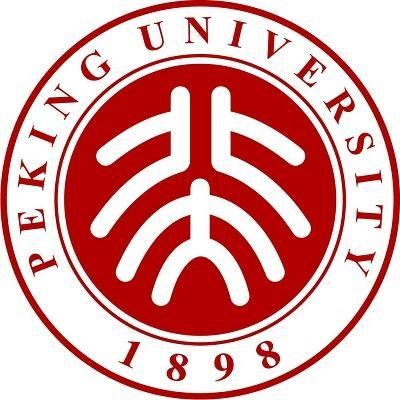
"Peking University" on the emblem of Peking University
At the end of the Qing Dynasty, with the invasion of Western powers, the reality of backwardness and being beaten made the Chinese lose confidence in their own culture, and many scholars began to pursue comprehensive Westernization. This phenomenon is reflected in Chinese characters, that is, the difficulty of characters is regarded as the standard to measure the ignorance and wisdom of the people and the strength of the country, and the complexity of Chinese characters is regarded as the root of China's poverty and backwardness. In this context, advocating the Latin and alphabetization of Chinese characters became the mainstream voice of the cultural circles at that time, that is, "if you want to save China today, you must popularize education; if you want to popularize education, you must have easy to understand words; if you want to be easy to understand words, you must use pinyin".
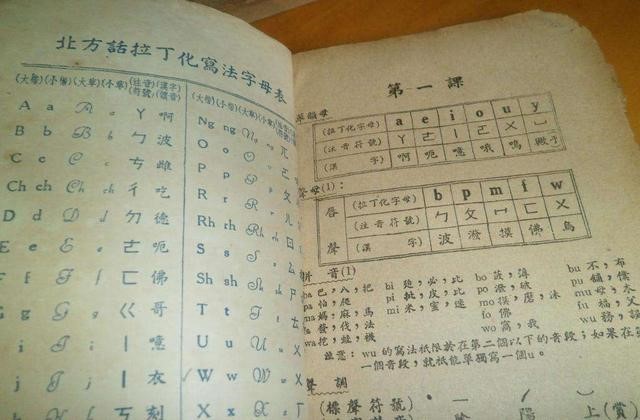
Under the influence of these four dynasties, the movement of disyllabic characters, Esperanto, Mandarin romanization and Latin new characters appeared successively.
In various movements that most sought the alphabetization of Chinese characters, in order to protect the culture of Chinese characters, Zhang Taiyan, a master of traditional Chinese Studies at that time, creatively made Chinese characters into various symbols to help the learning of Chinese characters, namely phonetic symbols.
In 1912, the Ministry of education of the Beiyang government held an interim Education Conference and passed the "bill on the use of phonetic alphabets"; In 1913, the unified pronunciation Association determined 38 letters, 20 initials and 14 vowels to approve the national pronunciation. In 1918, the Ministry of education of the Beiyang government officially issued the "phonetic alphabet", and then issued the national phonetic dictionary. The phonetic alphabet became the only symbol to mark the national phonetic. In 1930, "phonetic alphabet" was changed to "phonetic symbol" to emphasize that it was not a parallel character with Chinese characters.
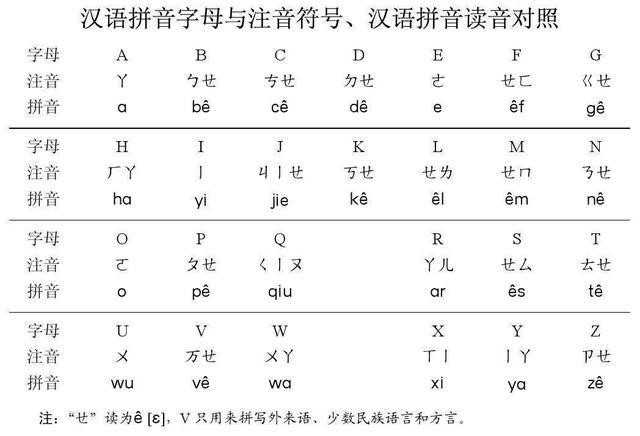
To a large extent, phonetic symbols have solved the difficulty of learning Chinese characters and popularizing knowledge in China, but they still failed to eliminate the sound of abolishing Chinese characters in society, especially the rise of the new Latin character movement, which almost made the Chinese people lose Chinese characters forever.
In the 1930s, the Soviet Union began to create Latin characters instead of Chinese characters to solve the literacy problem of Chinese workers in the Far East. In 1933, the new Latin characters spread to China, causing a warm response from domestic scholars. Chinese Latin Research Association and other Latin new characters groups swept the country to promote the new Latin characters.
In 1935, Cai Yuanpei, Lu Xun, Guo Moruo, Mao Dun, Tao Xingzhi, Chen Wangdao and other 686 celebrities jointly published the article "our opinions on the implementation of the new characters", believing that the Latin new characters are worth popularizing throughout the country. I hope everyone can study and implement the new characters together to make them an important tool to promote mass culture and national liberation movement.
In 1936, after reading this article, Chairman Mao greatly appreciated the new character movement. In 1941, he officially launched the new Latin character in the Shaanxi Gansu Ningxia border region and founded sin Wenz Bao.
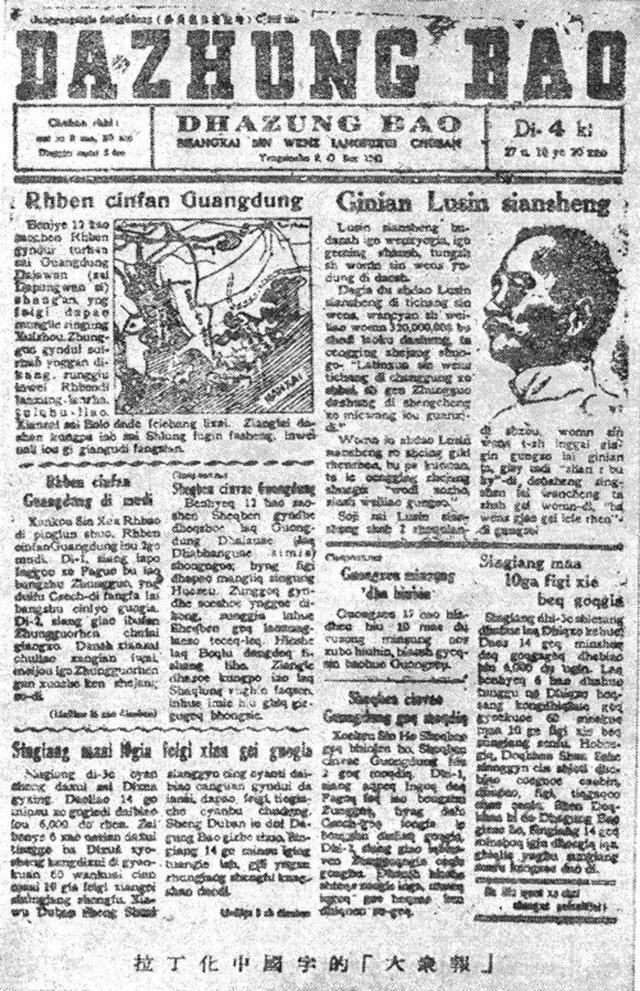
Newspapers and periodicals with new Latin characters
After the founding of new China, there is still a heated debate on whether to abolish Chinese characters and use new Latin characters, but it is imperative to eliminate illiteracy and quickly improve people's knowledge and culture. Therefore, the central government chose the relatively simple and widely accepted Roman alphabet among various letter symbols, that is, the 26 internationally used letters. On this basis, it absorbed some characteristics of the national language Roman characters and the new Latin characters, and officially launched the modern Chinese phonetic spelling (Chinese Roman alphabet spelling) in 1958.
On the abolition of Chinese characters, Premier Zhou made a report on the "tasks of the current character reform" at the National Committee of the Chinese people's Political Consultative Conference in 58, Point out: "it (Chinese character) Will it last forever? Or do you want to change? Is it changing towards the shape of Chinese characters? Or is it replaced by pinyin? Whether it is replaced by Latin alphabetic pinyin or another form of Pinyin, we are not busy making a conclusion yet. But words always change. As for what plan to use, I'm not busy confirming it now. On the future of Chinese characters, we have different opinions and can argue, but this is not within the scope of the current character reform task. "
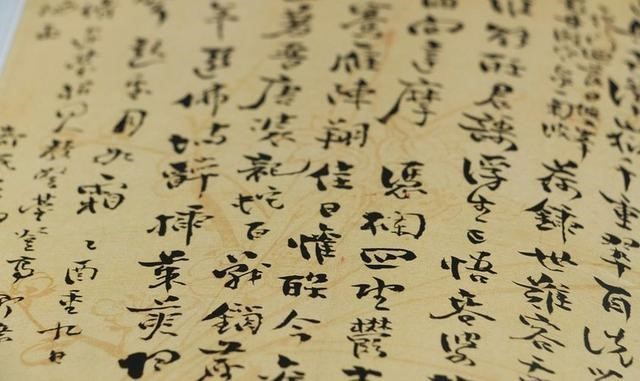
The promotion of modern Chinese Pinyin has played a very significant role in the literacy campaign in the early days of the founding of new China. With the help of Pinyin, it is no longer difficult to learn and recognize Chinese characters, and the sound of abolishing Chinese characters has gradually subsided. With the development of the country, the enhancement of national self-confidence and the improvement of education level, Chinese characters with a history of thousands of years have experienced a series of storms in modern times, and finally passed down smoothly, becoming the cultural carrier and spiritual sustenance of Chinese civilization and the Chinese nation.